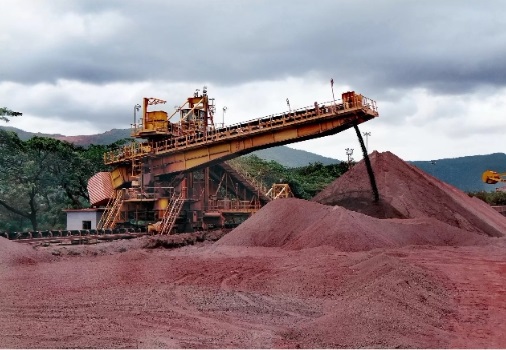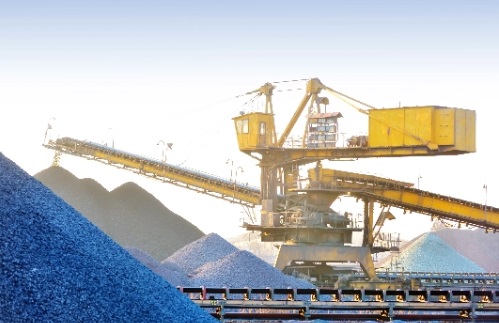2024
A Comprehensive Guide to Operating and Maintaining a Cantilever Stacker
20 Jun.2024
A cantilever stacker is a versatile and efficient piece of equipment used in various industries for lifting and stacking heavy loads. It is designed to provide stability and ease of operation while ensuring the safety of both the operator and the surrounding environment. In this comprehensive guide, we will explore the different types of cantilever stackers, their components, safety features, pre-operational procedures, operating guidelines, and maintenance and inspection practices.
What is a Cantilever Stacker?
A cantilever stacker is a material handling equipment that is used to lift, transport, and stack heavy loads. It consists of a mast, forks, and a counterweight system. The mast provides vertical movement, while the forks are used to lift and carry the loads. The counterweight system ensures stability during operation.
Types of Cantilever Stackers
There are several types of cantilever stackers available, each designed for specific applications. These include manual stackers, electric stackers, and semi-electric stackers. Manual stackers are operated manually, while electric stackers are powered by electricity. Semi-electric stackers combine manual and electric operation.

Components of a Cantilever Stacker
A cantilever stacker consists of various components that work together to ensure smooth and efficient operation. These include the mast, forks, hydraulic system, control panel, battery (in electric stackers), wheels, and safety features such as emergency stop buttons and safety sensors.
Safety Features of a Cantilever Stacker
Safety is of utmost importance when operating a cantilever stacker. These machines are equipped with several safety features to protect the operator and prevent accidents. Some common safety features include emergency stop buttons, safety sensors, overload protection, and stability mechanisms.

Pre-Operational Procedures
Before operating a cantilever stacker, it is essential to perform pre-operational procedures to ensure the machine is in proper working condition. These procedures include checking the battery (in electric stackers), inspecting the forks and mast, testing the controls, and ensuring the safety features are functional.
Operating the Cantilever Stacker
Operating a cantilever stacker requires proper training and adherence to safety guidelines. The operator should be familiar with the controls, understand the load capacity, and know how to maneuver the machine safely. It is crucial to maintain clear visibility, avoid overloading, and operate the stacker smoothly to prevent accidents.

Safety Guidelines
To ensure the safety of the operator and those in the surrounding area, it is essential to follow specific safety guidelines when operating a cantilever stacker. These guidelines include wearing appropriate personal protective equipment, maintaining clear visibility, keeping a safe distance from other objects or individuals, and using the safety features provided.
Maintenance and Inspections
Regular maintenance and inspections are crucial for the safe and efficient operation of a cantilever stacker. This includes checking the hydraulic system, inspecting the forks and mast for any damage, lubricating moving parts, and testing the safety features. It is important to follow the manufacturer's guidelines for maintenance and schedule regular inspections by qualified technicians.

Conclusion
Operating and maintaining a cantilever stacker requires knowledge, training, and adherence to safety guidelines. By understanding the different types of stackers, their components, safety features, and following proper procedures, operators can ensure the safe and efficient operation of these machines. Regular maintenance and inspections are essential to prolong the lifespan of the stacker and prevent accidents. By following this comprehensive guide, operators can confidently operate and maintain a cantilever stacker while prioritizing safety.
The Advantages of Using a Cantilever Stacker in Bulk Material Handling








